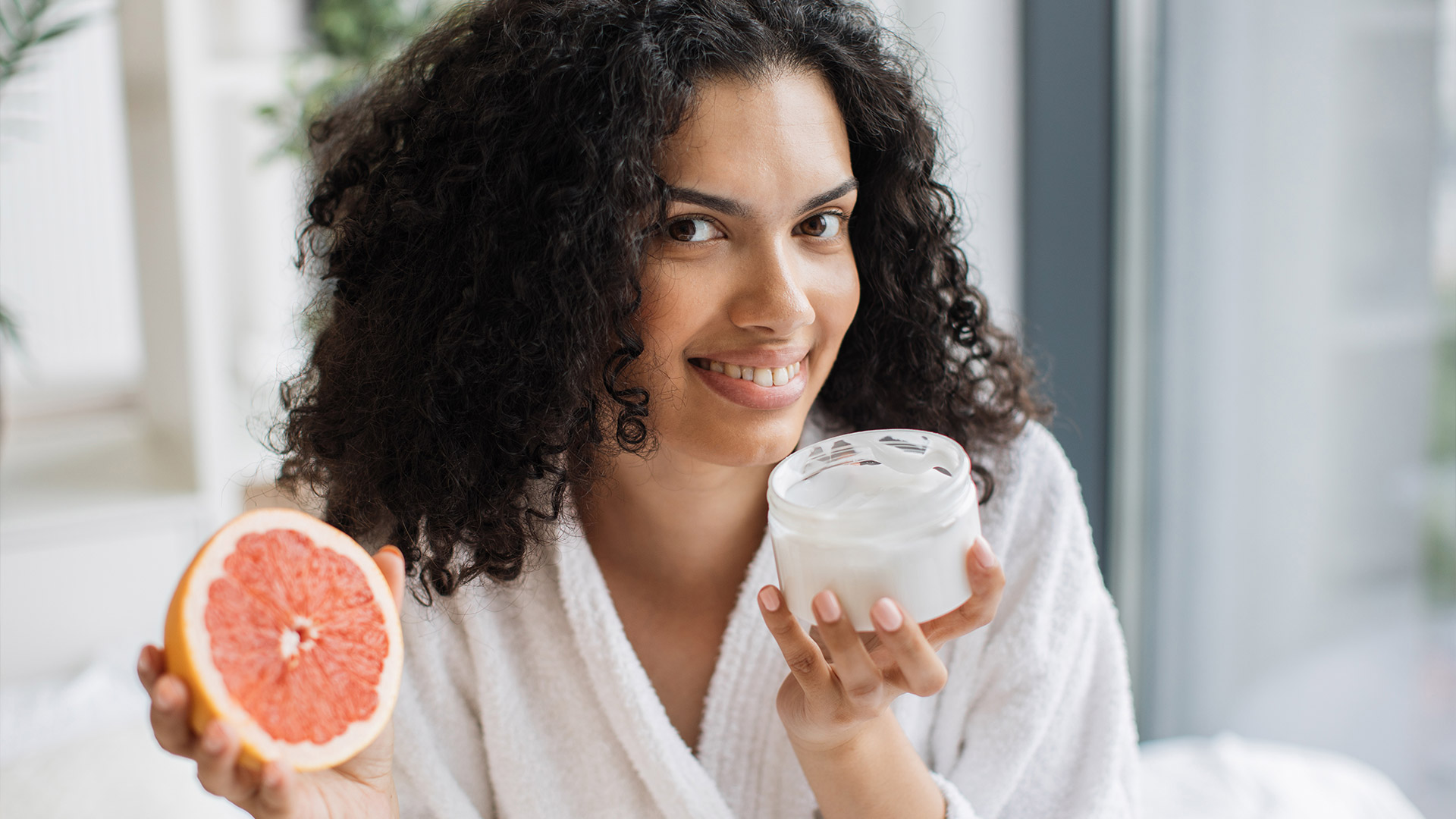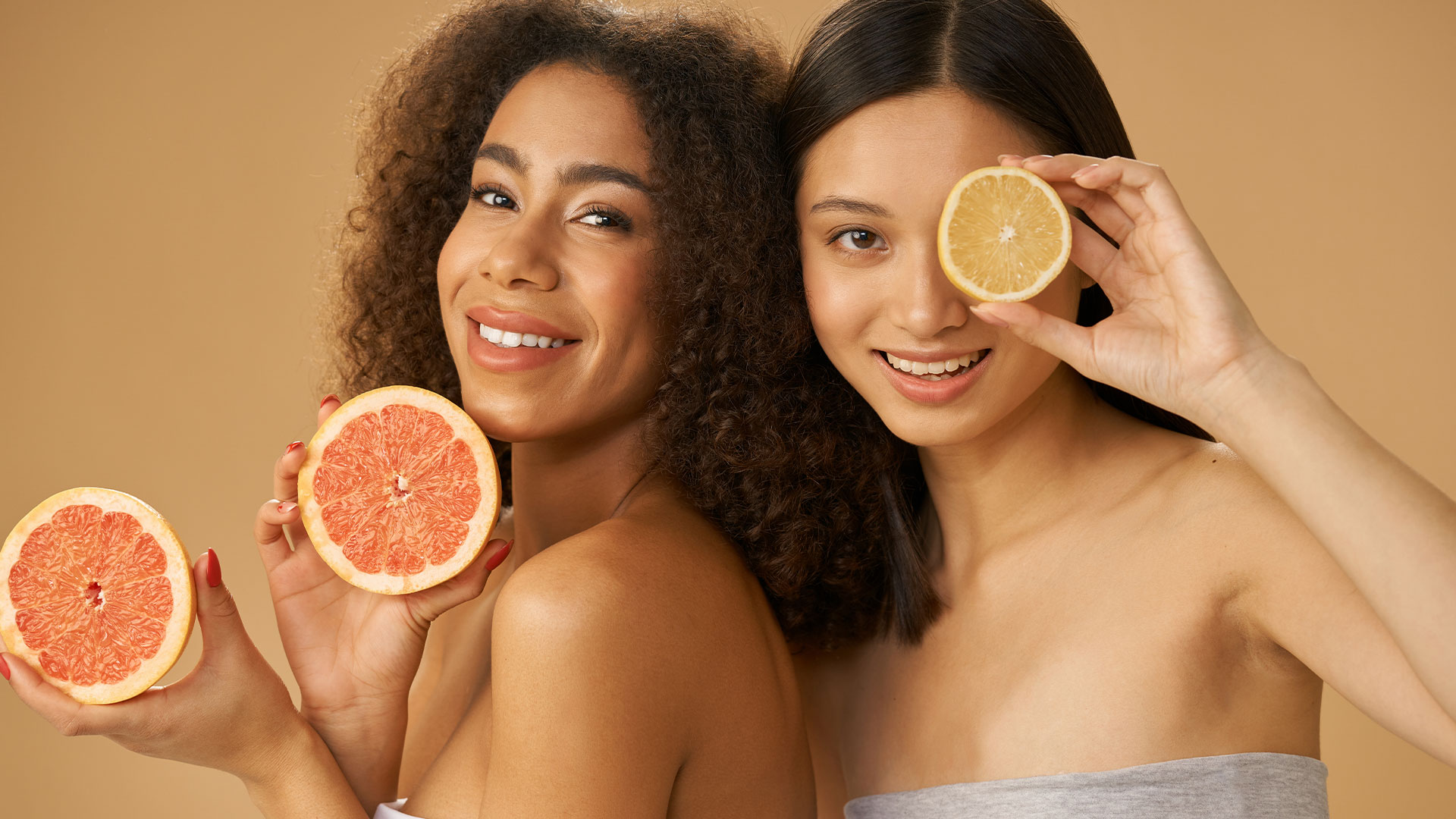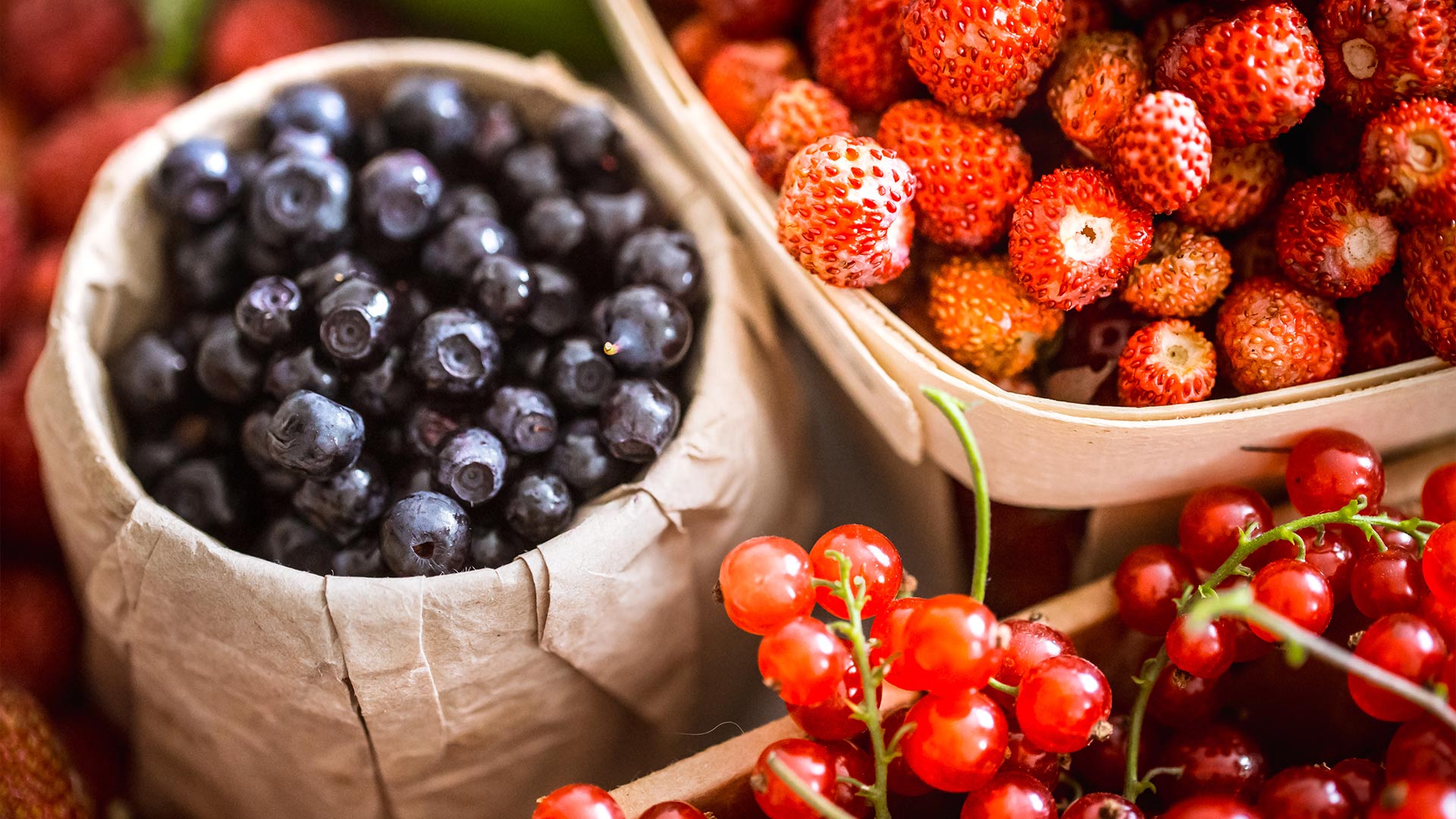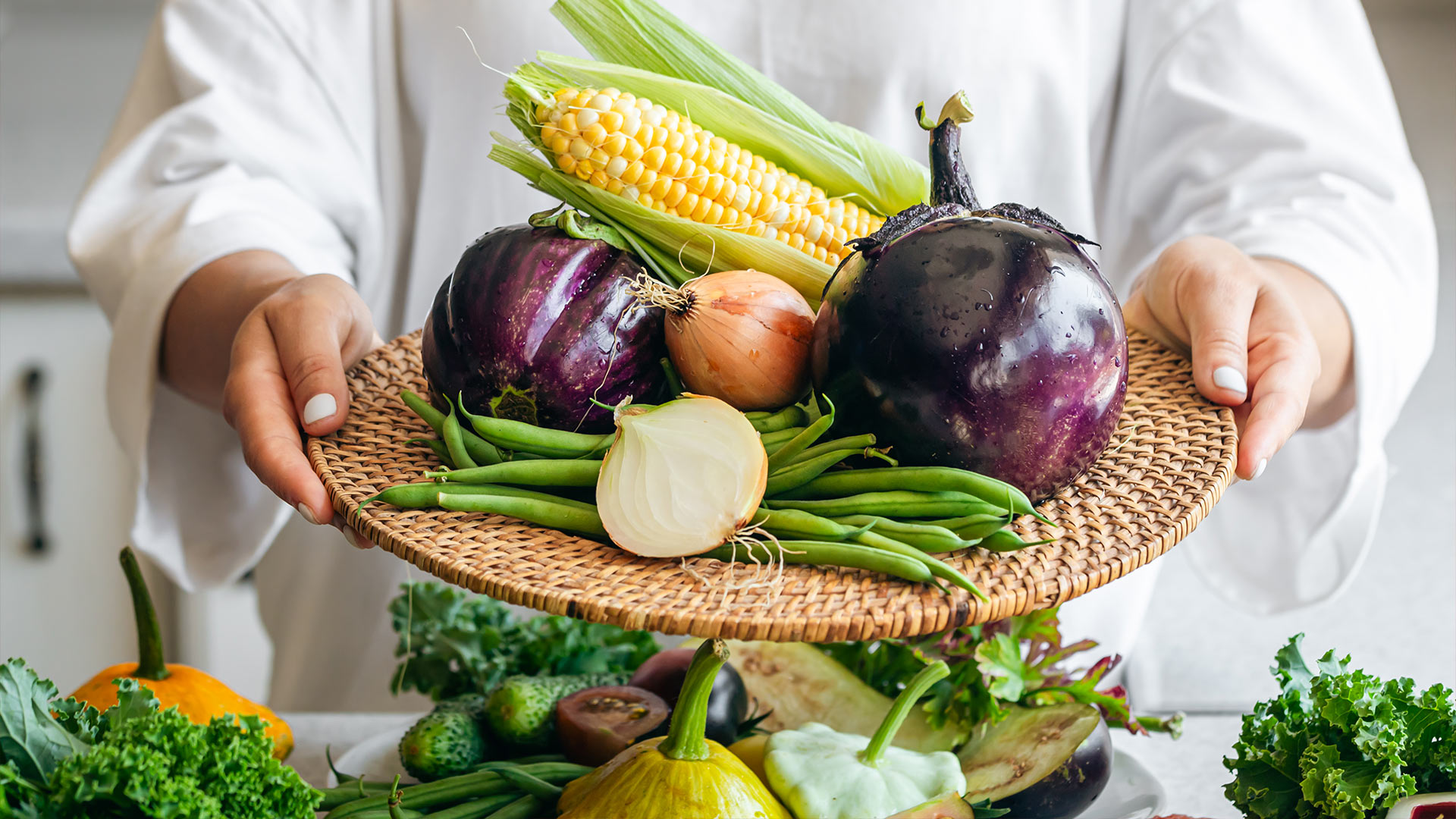If your skin’s been looking dull, flaky, or just... tired lately, the answer might not be another serum. It might be your snack drawer.
Yeah, really. What you eat has a huge impact on your skin’s moisture levels. And no, it's not just about drinking eight glasses of water a day. While hydration starts with water, hydrating foods play a major role in keeping your skin juicy, glowy, and plump.
Let’s break down how hydrating foods work, why your skin loves them, and which ones you should start adding to your plate today.
Why Skin Hydration Isn’t Just About Water
Okay, drinking water is definitely important. But here’s the deal: your skin is the last organ to receive hydration after you drink. Your internal organs get first dibs. That’s why people can chug water all day and still have dry skin.
Hydrating foods contain structured water, plus essential vitamins, minerals, and antioxidants that help your skin actually hold onto moisture.
It’s not just about water in–water out. It’s about giving your skin the tools to lock in that hydration and use it properly.
What Hydrating Foods Actually Do for Your Skin
Here’s what happens when you feed your body with water-rich, nutrient-dense foods:
- Plumper skin: Hydration fills out the skin, making fine lines and wrinkles less noticeable.
- Healthy glow: Moisturized skin reflects light better, which creates that “lit-from-within” effect.
- Better barrier: Your skin holds on to moisture better, which helps it stay resilient and calm.
- Less flakiness and irritation: Hydrated skin is less prone to redness, sensitivity, and peeling.
Think of it like watering a plant. You don’t just spritz the leaves—you nourish the roots.
Top Hydrating Foods for Glowy, Healthy Skin
These foods don’t just contain water. They’re loaded with the skin-friendly nutrients that support your skin’s natural barrier, reduce inflammation, and keep you glowing year-round.
Let’s meet your new skin BFFs.
Cucumber
Cucumbers are like nature’s hydrating sticks. They’re made up of over 95% water, but they’re also full of silica, a compound that supports collagen production.
How to eat more:
Slice them into salads, dunk them in hummus, or blend them into smoothies. You can even infuse your water with cucumber slices for bonus flavor and hydration.
Watermelon
Sweet, juicy, and super hydrating—watermelon is basically a skincare product in fruit form. It’s about 92% water, and packed with lycopene, an antioxidant that helps protect skin from sun damage.
Bonus tip:
Eat watermelon with a sprinkle of sea salt after a workout to replenish electrolytes and support skin recovery.
Celery
You might think of celery as boring diet food, but it's actually a sneaky hydration hero. Not only is it high in water, but it also provides sodium and potassium, which help your body absorb and retain moisture.
How to use it:
Add celery to green juices, snack on it with nut butter, or chop it into soups and stews.
Oranges
Citrus fruits like oranges and grapefruits are loaded with vitamin C, which supports collagen and skin repair. They're also high in water content and electrolytes, making them perfect for hydration.
Real-life glow-up:
Many people who start eating more citrus notice their skin looks brighter within just a few days. Vitamin C + water = glow magic.
Strawberries
Strawberries aren’t just cute—they’re also about 91% water and high in polyphenols, which help fight environmental stress on your skin.
They also contain malic acid, a natural skin-brightening compound that supports smoother, more even tone.
Snack idea:
Toss them into oatmeal, yogurt, or a quick fruit salad with mint and lime.
Lettuce (Especially Romaine and Butter Lettuce)
Lettuce might not sound exciting, but hear this: romaine lettuce is about 95% water and also delivers vitamin A, which helps skin renewal.
Pro tip:
Don’t rely only on iceberg—mix in darker greens like romaine, butter, or little gem for more nutrients.
Bell Peppers
These colorful crunch bombs are a skin nutrition powerhouse. They’re over 90% water, but also contain beta-carotene (which your body turns into vitamin A), and tons of vitamin C.
Why it matters:
Beta-carotene helps maintain skin smoothness, while vitamin C fights free radicals that cause wrinkles.
Use them raw for the highest water content—perfect for salads, dipping, or snacking on their own.
Coconut Water (Bonus!)
Okay, it’s not a “food” in the traditional sense, but coconut water is full of electrolytes like potassium, magnesium, and sodium—all of which help hydrate your cells, including skin cells.
It’s also great for replenishing hydration after a hot day or sweaty workout.
Just check the label for added sugar—pure coconut water is best.
How to Build a Hydration-Boosting Meal Plan
Here’s how to sneak more water-rich, skin-happy foods into your routine:
- Breakfast: Smoothie with cucumber, spinach, frozen strawberries, and coconut water
- Lunch: Big salad with romaine, bell peppers, avocado, and grilled chicken
- Snack: Watermelon cubes or an orange + a handful of almonds
- Dinner: Stir-fry with celery, red bell peppers, and tofu over brown rice
- Evening: Herbal tea or a glass of coconut water
You don’t have to change everything—just start subbing in one hydrating food per meal.
Signs Your Skin Loves Hydrating Foods
Once you start loading up on these ingredients, watch for these changes:
- Fine lines soften, especially around the eyes
- Redness or irritation calms down
- Your skin feels more supple and springy
- Makeup applies more smoothly
- You feel like you need less moisturizer (because you do)
A Quick Note About Salt, Sugar, and Caffeine
Even the best hydration plan can be thrown off by dehydrating habits. Here’s what to watch out for:
- Too much sodium can pull water out of your skin cells (especially from processed food)
- Refined sugar spikes inflammation and breaks down collagen
- Caffeine, in excess, can act as a diuretic—so try to balance every cup of coffee with a glass of water or hydrating food
No need to quit these completely, but just be aware of the trade-offs.



